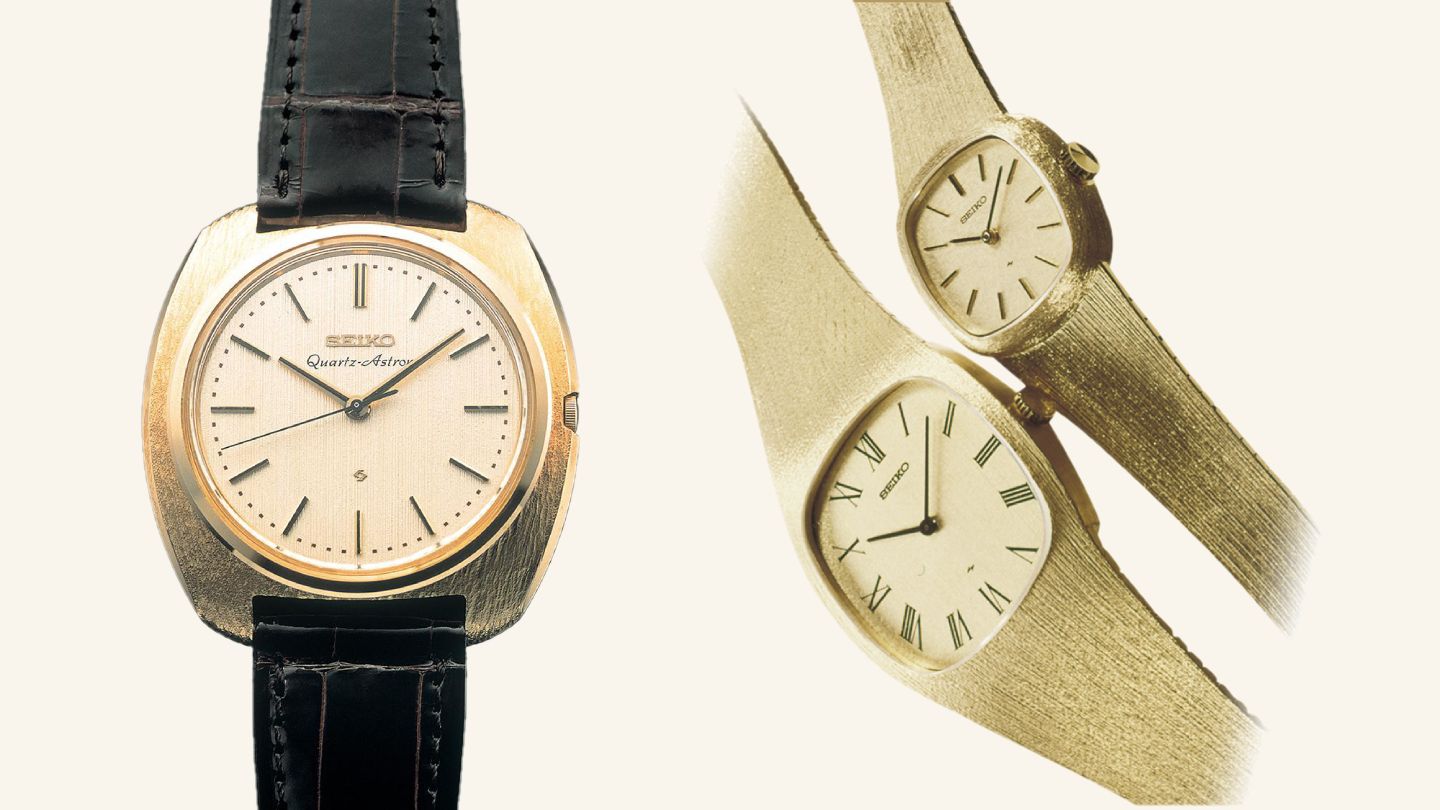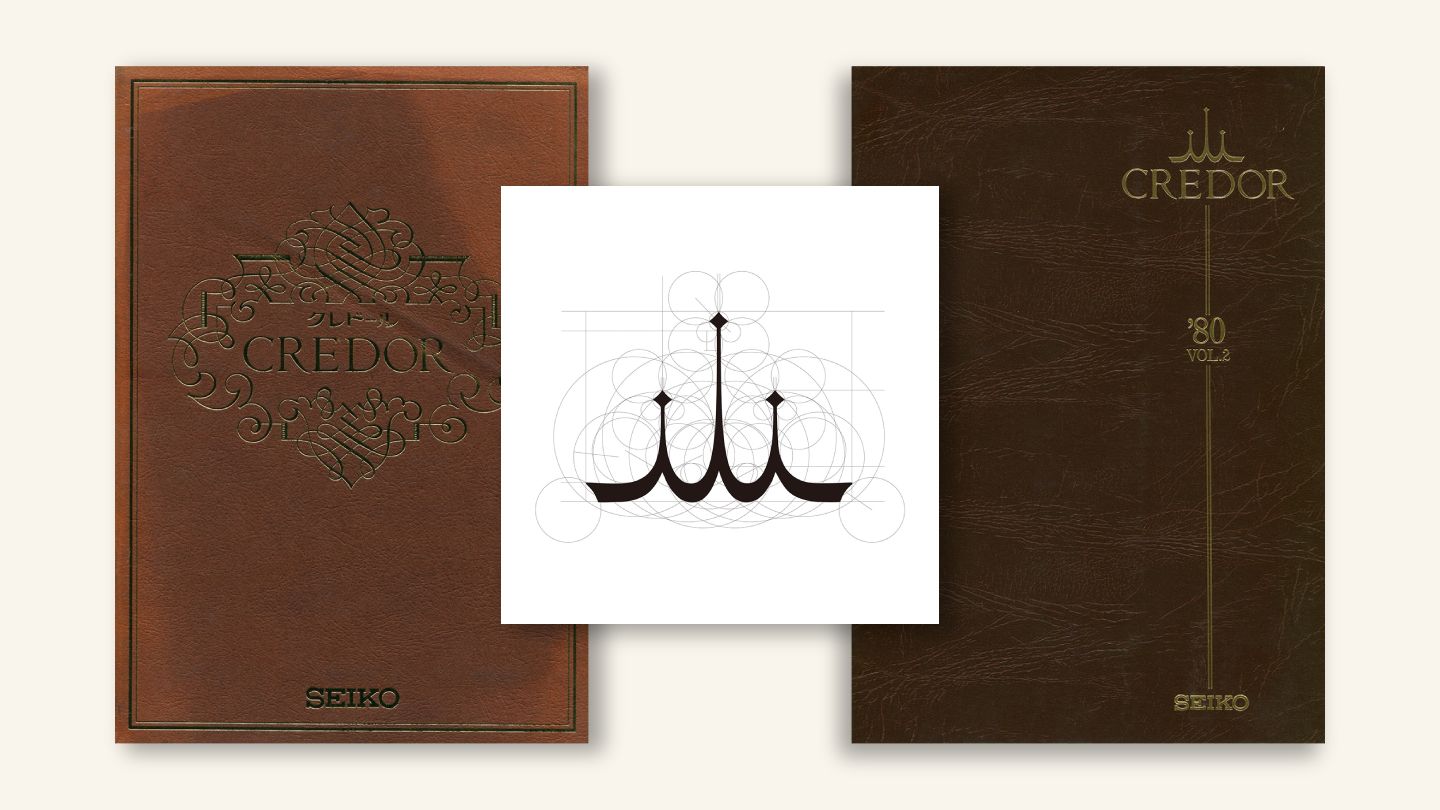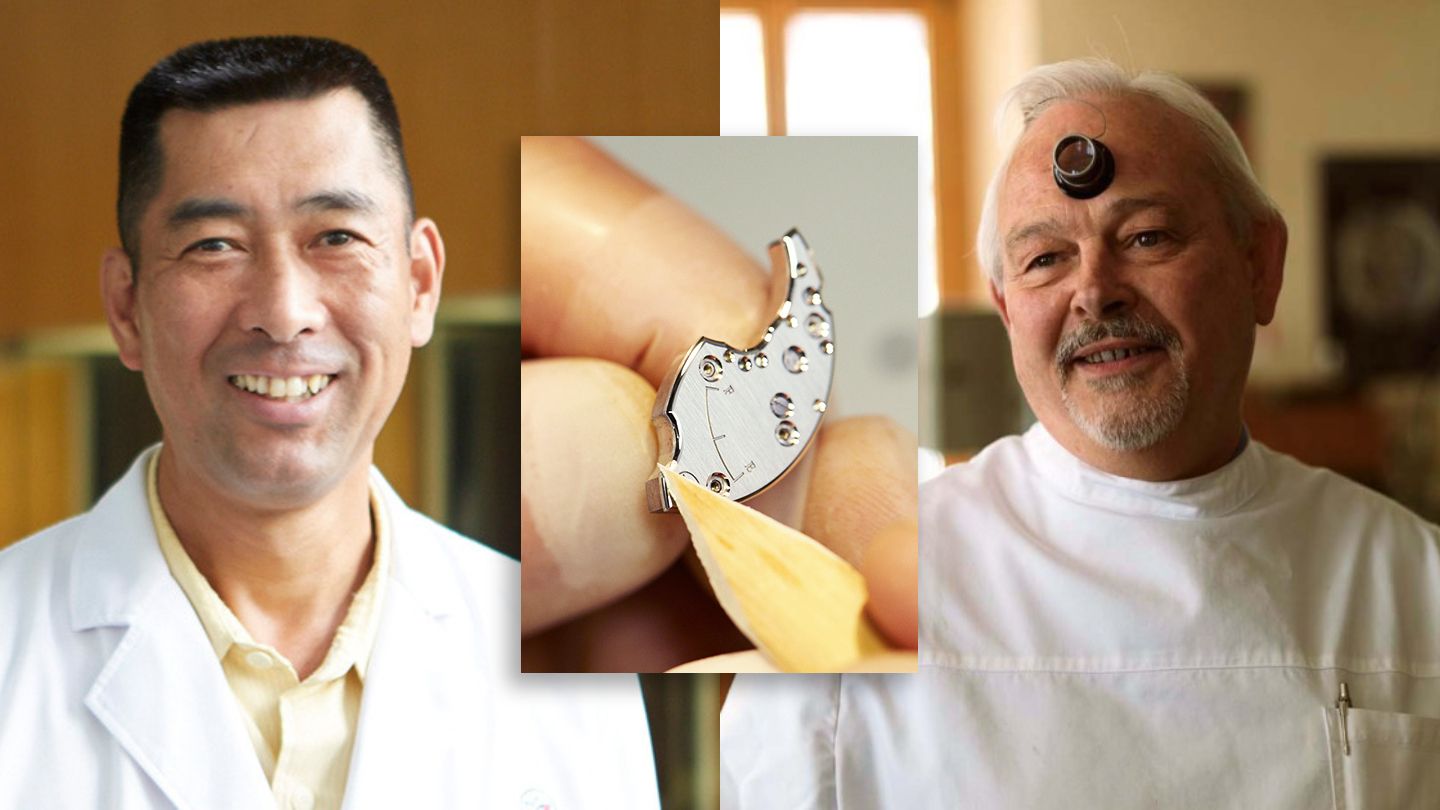Celebrating 50 Glorious Years Of Seiko Credor: A Look Back At The Japanese Rise Amidst A Swiss Decline
Beyond the cantons of Switzerland, in a world very east, craftsmanship although veiled in a layer of humble expression presents a different meaning of the ultra-fine. Here the enduring spirit of artisanship is not merely a pursuit, but a sacred devotion passed down through generations. Such an exquisite example of artisanal mastery is visible in the creations that birth in Seiko’s Micro Artist Studio in Shiojiri. It's where a Credor timepiece marks its genesis as an opus expressing the enduring patience that defines true Japanese craft. In a world increasingly dominated by mass production, Credor stands as a haute horlogerie benchmark and a hope for those who cherish the enchant of hand made. As Seiko Credor celebrates its 50th Year, we look back at its inception, innovation and a blessed inspiration.

Haute Horlogerie Beyond Switzerland
Whenever I think of non-Swiss watches, I inevitably gravitate towards Seiko and Grand Seiko and then ultimately ride the train all the way up to Credor. These lines represent successive pinnacles of horological achievement ascending through the gradually enhancing echelons of artisanship. While you might be unfamiliar with Credor, you've most certainly heard of Seiko. Yes, the same Seiko that makes affordable entry-level watches. The same Seiko that shook the very foundations of Switzerland's horological supremacy.
The 1970s marked a transformative era for the watch industry, characterized by the rapid adoption of quartz technology. Capitalizing on this innovation, Seiko envisioned a higher echelon for its brand as a testament to its capabilities in the luxury segment. This was the birthing of the Credor collection, conceived in 1974 as a collective of models and not a standalone entity.
To understand this strategic move, it first needs to be understood that back then, quartz was perceived as a technological breakthrough, offering unprecedented accuracy and modernity. With its futuristic appeal, it captivated the public imagination. The mechanical watch industry, steeped in tradition, struggled to adapt, ultimately losing favor with consumers. Look at it like this: when mobile phones went from buttons to touchscreen, nobody wanted buttons anymore. The Swiss were stuck somewhere between tradition and innovation. The results were catastrophic. For Seiko, it couldn't have been better. The quartz revolution aligned perfectly with Japan's economic ascent, propelling the brand to the forefront of horological supremacy.

So, it was a natural progression for Seiko to leverage its fancy quartz technology to corner the premium echelons of the watch market. In 1974, the brand introduced a collection of precious metal timepieces. While a select few of these watches were showcased on the pages of Seiko's standard catalogs, the majority found an exclusive mention within the brand's luxury catalogs. These timepieces, though still branded as the Seiko Quartz, were distinguished by the subtle yet significant addition of the words "Crêt D'or."
Brand Positioning and Perfection: From Crêt D’or to Credor
With the Crêt D'or pieces, Seiko sought to drape its quartz creations in an aura of Swiss-inspired luxury. Crêt D'or is French for “Golden Crest.” To ascend from affordable quartz to the summit of haute horlogerie, a brand must evoke an aura of sophistication and heritage. Crêt D'or, with its Parisian connotations of elegance and fashion, points at a higher artisanal inception. Devoid of a deep-rooted history in high-end horology, Seiko undertook a comprehensive effort to cultivate a luxurious image borrowed from Swiss tradition. Lavish adverts and elevated product placement, presented a world of luxury that made it hard to deduce the distinction between the Swiss Holy Trinity and a fancy Seiko.
Until recently, Credor was a domestically exclusive luxury brand, a solitary star in Japan's horological firmament. This exclusive luxury campaign seemed a world away from the global stage. Yet, branding evolution transformed Crêt D’or into Credor, first utilized in 1978 and adorned with a new emblem: a stylized mountain crowned by three stars. The question remained whether the market was prepared for Credor's proposition.

Credor's pricing strategy is a bold, almost defiant statement. Nestled within a conglomerate renowned for affordability, this luxury offshoot commands a price point that borders on the unbelievable.
A Swiss Maestro Cultivating a Japanese Masterpiece
Philippe Dufour is a name whispered reverently in contemporary horology. Buy a Dufour watch and you know it’s he who made it from start to finish. Demand for his work far exceeds supply, and acquiring a Dufour is as much a matter of fortune as desire. You won't find him on Instagram, nor does he have a website as his work speaks for itself. So, what does a Swiss master have to do with a Japanese brand like Credor?
The connection is as profound as it is unexpected. Seiko’s Micro Artist Studio in Shiojiri, a sanctuary of horological exception established at the turn of the new millennium, stands as a testament to this bond. At its inception, no one was better equipped to guide this ambitious endeavor than Dufour himself. From the meticulous selection of wood for movement beveling to the overarching philosophy of craftsmanship, his influence is indelibly etched into the DNA of Japan's and perhaps the world's most incredible watch making atelier.

Credor is more than just a name - it's a promise. In an era of mass production, it offers the intimacy of handcrafted artistry. Each Credor timepiece is technical yet traditional, simple yet complicated. Dismiss it as an overpriced Japanese watch at your peril. For in every Credor, you'll find echoes of Dufour's genius, making it the most accessible expression of his unparalleled artistry. It's a statement that challenges perceptions, a timepiece that defies categorization. Credor is not merely a watch - it's an invitation to experience the soul of horology. It’s the most affordable Dufour you could ever own.
No articles found





